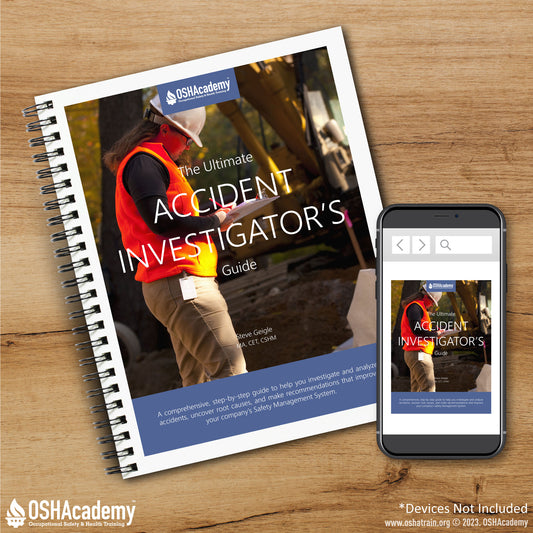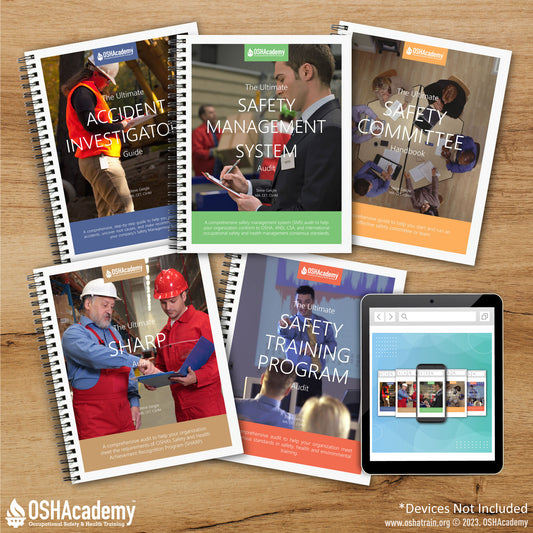
The Deadliest Stage in a Project
Share
By: Shanari Baird
Whether it’s a construction project, clean-up project, or even a small project you’re working on at home, at what stage in the project—beginning, middle or end—do you think accidents are most likely to occur?
If you’re anything like me, then you may initially assume the most dangerous time on a job is Day One. Wouldn’t it make sense, considering workers are still adjusting to a new jobsite, new coworkers, new equipment, and the hazards associated with a particular job at the beginning of a project?
It made sense to me.
However, based on the research and work of Neil Swidey, author of Trapped Under the Sea: One Engineering Marvel, Five Men, and a Disaster Ten Miles Into the Darkness, data from previous workplace accidents suggests trouble tends to come toward the end of projects.
One project Swidey mentions that had devastating results during its final stage is the massive cleanup of the Boston Harbor, which was once known as one of the dirtiest harbors in America.
This multibillion-dollar clean-up started in the 1980s and took more than a decade to complete. Time and money were not the only costs to the project, however; it also claimed the lives of five workers. Shockingly, none of the fatalities occurred early in the job and four of the five deaths happened in the very last phase of the project.
Why are accidents more likely to occur towards the end of a job? Swidey points to a phenomenon known as normalization as one of the primary culprits.
Normalization “often allows people to accept looser standards in the name of greater speed,” Swidey says, “The more people do something without suffering a bad outcome, the harder it becomes for them to remain aware of the risks associated with that behavior.”
This holds true for almost any unsafe behavior—work-related or not—whether it’s texting while driving, not being careful while climbing a ladder, or not wearing the appropriate personal protective equipment (PPE). Many of us, even if we don’t want to admit it, become overconfident and think we can engage in these unsafe behaviors without an accident occurring (after all, maybe we have done this for days, months, or years without any negative effects).
This cocky attitude becomes even more detrimental when supervisors and project managers are willing to cut corners on safety in the name of “no more delays,” which can be an attitude especially prevalent towards the end of a project when tensions about money and time tend to bubble over.
In order to avoid accidents and keep employees safe during every stage of a project, Safety BLR recommends the following:
- Consider a behavior observation program to help employees stay safe and aware by observing others and discussing risks with them.
- Make sure supervisors never push employees to complete a task at the expense of safe work practices.
- Avoid supervisor or employee bonuses related to completing a job ahead of schedule.
- Reward employees for identifying and reporting risks.
- Consider adding end-of-shift tailgate/toolbox talks to discuss the day’s work and any safety related business.




1 comment
1